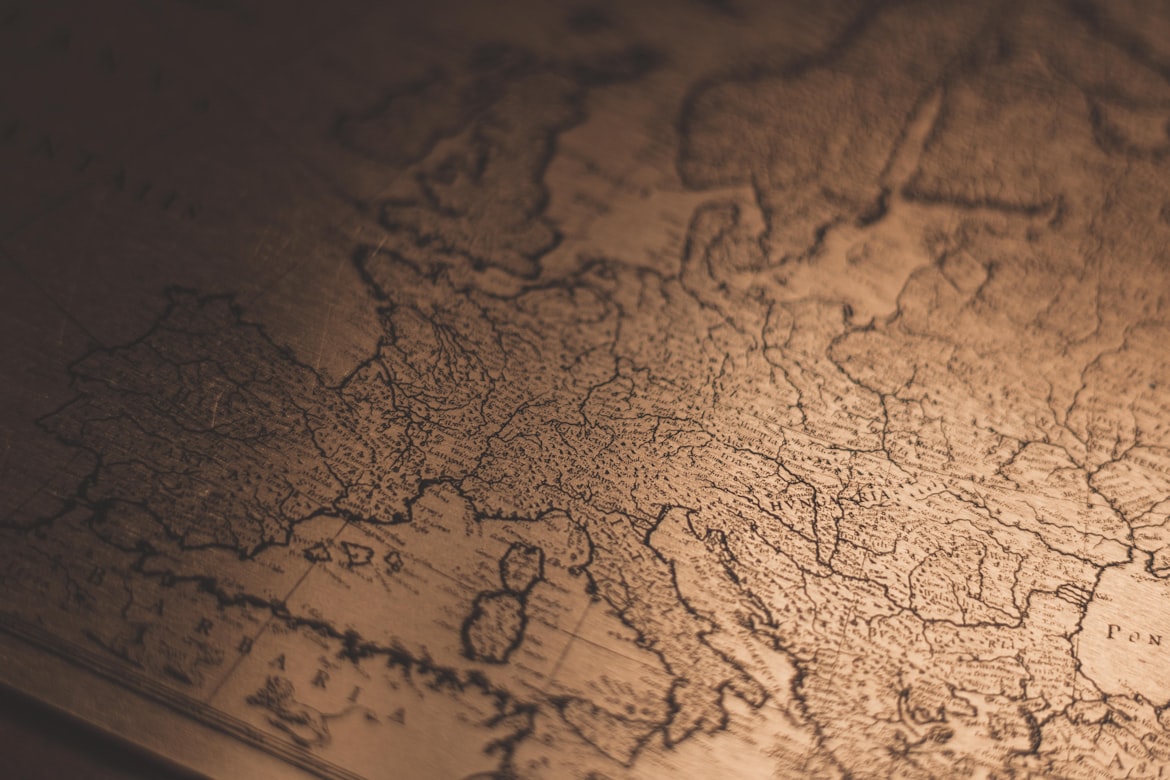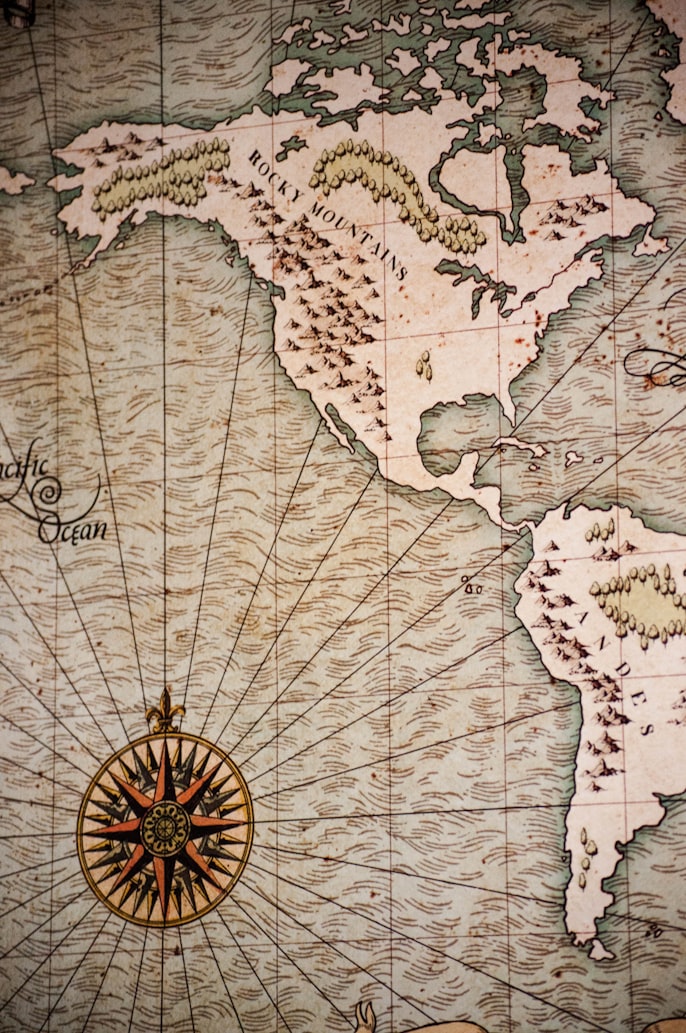Maps and Old Maps
An intriguing and significant aspect of our cultural legacy are old maps. They provide a window into the past and demonstrate how our perception of the world has changed through time.
The Babylonian Map of the World, which dates back to the sixth century BC, is one of the first instances of a map. The precision and meticulousness of this map are exceptional, and it sheds important light on the geography and astronomy of ancient Babylon.
The complexity of maps increased during the Middle Ages. Monks and academics drew precise maps that showed not just the physical landscape but also the limits of political and cultural systems. These maps were often lighted and embellished with images, making them stunning pieces of art in addition to being practical.
Maps were even more crucial in the era of discovery and adventure. Maps were used by European explorers and navigators to plan their travels and aid in navigating foreign lands. The maps made by Ferdinand Magellan and Christopher Columbus, which depicted the globe as it was at the beginning of the 16th century, are two of the most well-known historic maps.
Maps got increasingly precise and detailed as mapping technology advanced. Maps could be produced in large quantities thanks to the invention of the printing press in the 16th century, which increased their accessibility to the general public. This was a significant turning point in the history of maps since it made it possible for information to be shared more widely for the world's knowledge to proliferate.
The errors and misunderstandings we made in the past are also brought to memory by old maps. For instance, many early maps included fanciful animals and places that, after more investigation, turned out to be untrue. These maps demonstrate how cultural superstitions and beliefs have impacted our views of the world and how those perceptions may sometimes be constrained by the knowledge and technology of the time.
Old maps are nonetheless useful tools for historians, geographers, and archaeologists despite their drawbacks. They provide us a glimpse into the past and shed light on how our predecessors saw the world. They also provide crucial details on the geography, culture, and politics of various areas, which aids in our understanding of the past, present, and future.
Finally, antique maps are very stunning. They are beautiful to look at and appreciate because of the elaborate artwork, vibrant colors, and minute details. They serve as examples of human ingenuity and innovation and serve as a reminder of our constant effort to comprehend and map the environment around us.
In conclusion, historical maps are a gold mine of knowledge and inspiration. They provide us a window into our history and aid in our understanding of the world. Old maps are a significant and intriguing part of our cultural legacy, whether we examine them for their historical relevance, aesthetic beauty, or scientific usefulness.
For more information about old maps, please feel free to check out https://theantiquarium.com/


